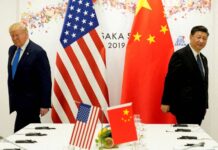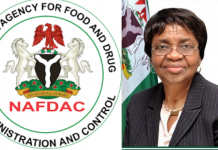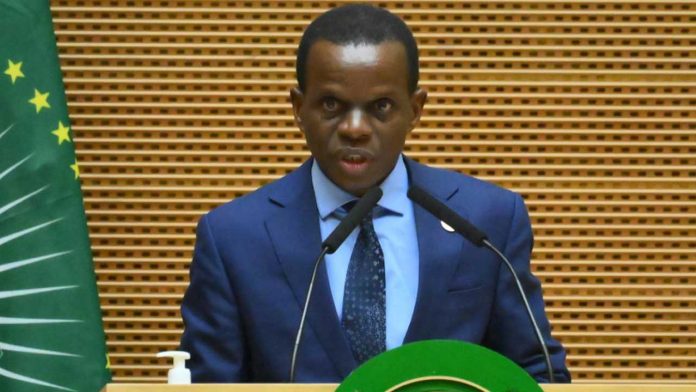The United Nations Economic Commission for Africa (UNECA) says the African Continental Free Trade Area (AfCFTA) increased trade between countries in the region by 20 percent in 2022.
The acting executive secretary of UNECA, Mr. Antonio Pedro, disclosed on the sidelines of the 9th session of the Africa regional forum on sustainable development in Niamey, Niger Republic.
The commission, in 2018, estimated that AfCFTA would increase intra-Africa trade by 52 per cent by 2022.
Speaking on whether the objective of 52 percent intra-African trade was achieved, Pedro said the level of trade had increased but not up to its target.
He said the rise in intra-African trade, however, was already encouraging certain countries to trade amongst themselves.
“The levels of intra-African trade have gone up from 13 per cent or so, before the AfCFTA agreement was adopted to now around 20 per cent but that is not good enough because other regions are trading amongst themselves. In Europe and Asia, it is above 70 percent or so. That certainly is our target. So, now it’s really about scale, it is about making these movements that cover the entire continent.
“One is to look at the product complementarities between our countries, so we could have African countries trading inputs with another country where, perhaps, you have a much larger processing capacity.”
Pedro said the commission was making a trade decision supporting modelling, which is an exercise to identify the best export destinations for African countries.
However, he said the distance between African countries was much farther away than the distance between Africa and other continents.
“In the case of Cameroon that we have done one study; Nigeria certainly is the closest trade destination, however, what is very interesting is that a country that is not far from Cameroon which is the Democratic Republic of Congo (DRC) is trade distance.
“Countries that are miles away, China and the U.S. are closer trade-wise to Cameroon than DRC.
“Why is it that DRC is a trade distance? It is because there are infrastructure issues. There are issues with essentially the connections and we need to address those binding constraints to Africa trading amongst themselves such as infrastructure,” he said.
Pedro also said the protocols that had been approved and some that were in the pipeline needed to be mainstreamed and domesticated in national legislation.
“We still have situations where the customs departments are not aware. I mean, we are already trading within these AfCFTA trade regimes and they do not know the list of 90 percent of products that can be traded without barriers or levies.”
With Vanguard report


























































